When we think of groundbreaking inventions that have shaped the course of human civilization, the smoothing iron might not be the first thing that comes to mind. This humble household appliance, often overshadowed by the more glamorous technological marvels of our time, has nevertheless played a pivotal role in shaping the very fabric of our lives – both literally and figuratively.
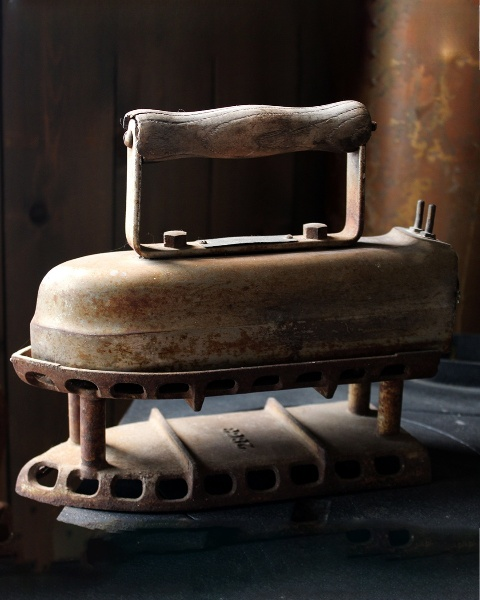
Yet, as we delve into the rich history and remarkable evolution of the smoothing iron, we’ll soon discover that this unassuming tool has a story that is anything but ordinary. From its ancient origins in the goffering irons of Greece and the heated scoops of China, to the sleek, high-tech steam irons of the modern era, the smoothing iron has undergone a captivating transformation that has left an indelible mark on the worlds of fashion, culture, and even domestic life.
So, prepare to embark on a captivating journey through the annals of history, as we uncover the secrets of this unsung hero and witness the remarkable ways in which the smoothing iron has managed to shape the very course of human civilization.
The story of the smoothing iron begins in the ancient world, where the earliest iterations of this tool can be traced back to the Greeks and Romans. In ancient Greece, a device known as a “goffering iron” was used to create intricate pleats and folds on the robes and garments of the era. This round metal bar, heated over an open flame, allowed weavers and tailors to add a touch of sophistication and elegance to the clothing of the time.
Fast forward a few centuries, and we find the ancient Romans experimenting with more recognizable forms of the smoothing iron. One such device was a flat metal paddle that users would beat against the fabric, in the hopes of removing wrinkles and creases. Meanwhile, across the globe, the ancient Chinese had developed their own unique solution – a heated scoop filled with hot coals or sand, which they would gently rub over their clothing to achieve a smooth, wrinkle-free finish.
As the centuries passed, the smoothing iron continued to evolve, with the first true “flatirons” emerging in Europe during the 1300s. These simple yet ingenious tools consisted of a smooth metal plate affixed to a handle, which would be heated over an open flame and then applied to the fabric. To prevent soot or char from staining the garment, users would often place a layer of cloth between the iron and the material being pressed.
The flatiron remained the standard for several hundred years, until the development of the “box iron” in the 1500s. This innovative design featured a flat-bottomed metal box that could be filled with hot coals, bricks, or other heating elements, eliminating the need for the protective cloth layer. This advancement not only made the ironing process more efficient but also helped to keep the iron’s surface cleaner and better-maintained.
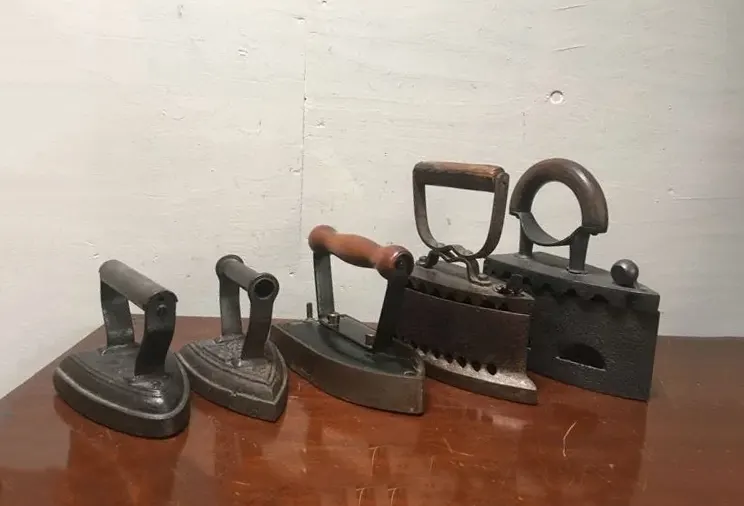
As metal-working technology continued to advance in the 19th century, the smoothing iron underwent a series of further refinements. Flatirons could now be heated atop cast-iron stoves, making the process much easier and cleaner than relying on an open flame. Wooden handles were also introduced, protecting users from the intense heat of the iron.
The next major breakthrough came with the advent of gas irons in the 1870s. These lightweight appliances featured a built-in burner that was fueled by a gas line, allowing for a more consistent and controllable source of heat. This innovation paved the way for the ultimate transformation of the smoothing iron – the introduction of the electric iron in the 1880s.
With the widespread electrification of American homes in the late 19th century, the electric iron quickly became a game-changer. No longer reliant on the constant need for reheating, these modern marvels incorporated built-in coils and heating elements, making the ironing process faster, more efficient, and far more convenient for the user.
As the 20th century progressed, the electric iron continued to evolve, with advancements such as the development of the steam iron in the 1920s, the introduction of non-stick sole plates, and the incorporation of precise temperature controls. Today, the smoothing iron has become an indispensable tool in households and laundries around the world, a testament to the ingenuity and resilience of this humble yet essential device.
The smoothing iron’s impact on the world of fashion and clothing can be traced back to its earliest incarnations in the ancient world. As we’ve seen, the goffering irons of ancient Greece and the heated scoops of ancient China were not merely functional tools – they were integral to the creation of intricate, visually stunning garments that reflected the style and culture of their respective eras.
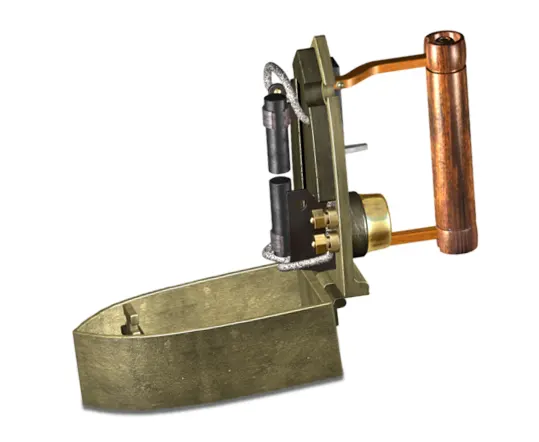
The ability to manipulate and shape fabrics through the use of these early smoothing devices allowed artisans and craftspeople to elevate the art of clothing design, transforming simple robes and tunics into elaborate, high-fashion statements. The crisp pleats and precise folds achieved with these primitive irons became a hallmark of the elite and the fashionable, setting the stage for the enduring connection between the smoothing iron and the pursuit of sartorial excellence.
As the smoothing iron evolved over the centuries, so too did its influence on the world of fashion. The flatirons of the 1300s and the box irons of the 1500s played a crucial role in helping to maintain the tailored, wrinkle-free appearance that was so highly prized by the aristocracy and upper classes. The ability to remove creases and smooth out garments not only enhanced the visual appeal of clothing but also helped to convey a sense of wealth, status, and refinement.
But the impact of the smoothing iron wasn’t limited to the upper echelons of society. As the technology became more accessible and affordable, the humble ironing tool helped to democratize fashion, allowing the burgeoning middle class to achieve the same level of sartorial polish and presentation as their social betters. The ability to maintain a crisp, well-pressed look became an important marker of personal pride and social aspiration, cementing the smoothing iron’s place as a fashion essential in households across the social spectrum.
The 19th and 20th centuries saw the smoothing iron take on an even more pivotal role in the world of fashion. As industrialization and mass production revolutionized the garment industry, the need for efficient, reliable ironing tools became increasingly paramount. The gas and electric irons of the late 1800s and early 1900s not only made the ironing process faster and more convenient but also helped to ensure a consistently high-quality finish on a wide range of fabrics and garment types.
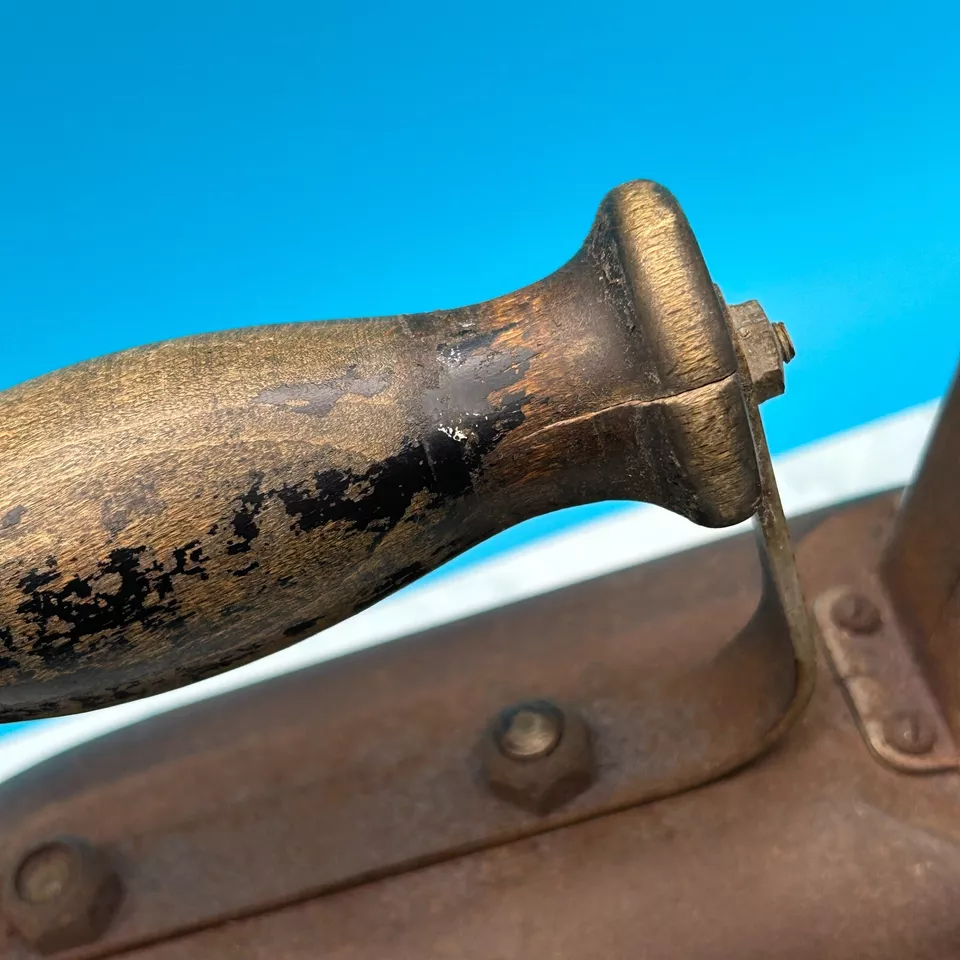
This, in turn, paved the way for the rise of the modern fashion industry, as designers and manufacturers were able to create clothing that was not only stylish but also easy to maintain and present in a visually appealing manner. The smoothing iron became an indispensable tool in the arsenals of both professional launderers and home seamstresses, allowing them to transform raw materials into the polished, wrinkle-free fashions that continue to captivate us today.
Indeed, the smoothing iron’s influence on the world of fashion cannot be overstated. From the elaborate pleated robes of ancient Greece to the crisp, tailored silhouettes of the modern era, this humble tool has played a pivotal role in shaping the way we perceive and experience clothing. And as technology continues to push the boundaries of what’s possible, one can only imagine the future innovations and transformations that will further cement the smoothing iron’s place as a true icon of the fashion industry.
As we’ve seen, the smoothing iron’s journey through the annals of history has been marked by a series of groundbreaking innovations and technological advancements that have transformed both the form and function of this essential household appliance. From the primitive goffering irons of ancient Greece to the sleek, high-tech steam irons of the modern era, the smoothing iron’s evolution has been a testament to the human drive for improvement, optimization, and the relentless pursuit of a better, more efficient ironing experience.
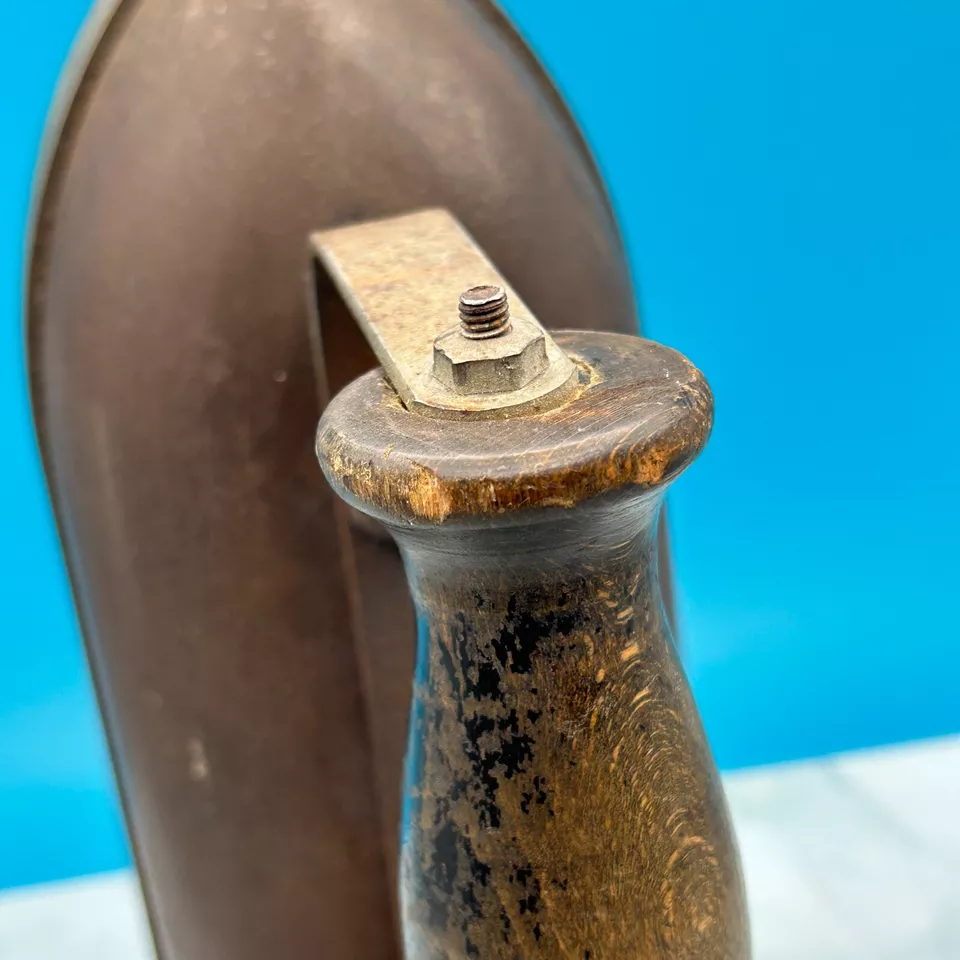
One of the most significant breakthroughs in the history of the smoothing iron was the development of the “box iron” in the 16th century. This ingenious design, which featured a flat-bottomed metal box that could be filled with hot coals or other heating elements, represented a major leap forward in terms of both functionality and usability. By eliminating the need for a protective layer of cloth between the iron and the fabric, the box iron made the ironing process much more efficient and streamlined, paving the way for further advancements in the decades and centuries to come.
The 19th century saw the smoothing iron undergo a series of transformative changes, as the rapid advancements in metal-working technology ushered in a new era of innovation. The introduction of cast-iron stoves, for instance, allowed flatirons to be heated in a more controlled and consistent manner, reducing the constant need for reheating and improving the overall ironing experience. The shift to wooden handles, meanwhile, helped to protect users from the intense heat of the iron, making the process safer and more comfortable.
Perhaps the most revolutionary breakthrough in the history of the smoothing iron, however, was the invention of the gas-powered iron in the 1870s. By incorporating a built-in burner fueled by a dedicated gas line, these innovative appliances were able to provide a consistent, controllable source of heat, eliminating the need for the constant reheating that had plagued earlier models. Moreover, the gas irons were significantly lighter than their predecessors, further enhancing the user experience and making the ironing process less physically taxing.
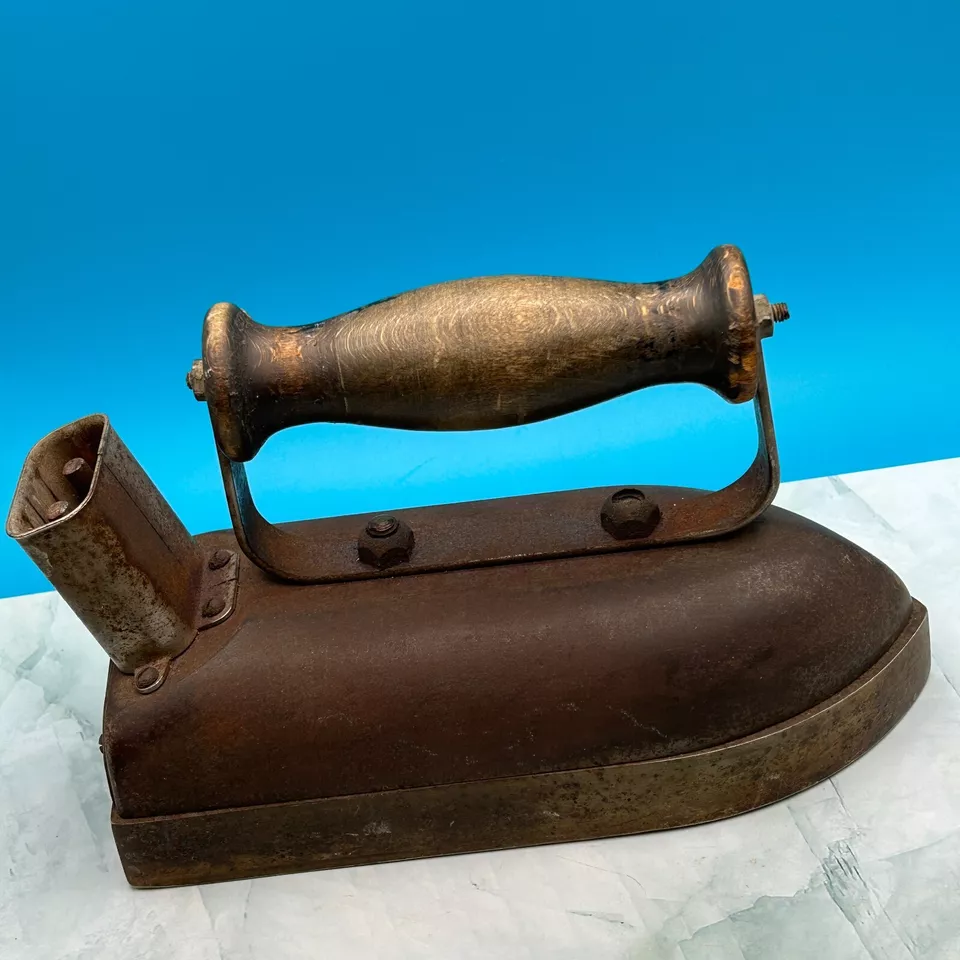
But the true game-changer in the evolution of the smoothing iron came with the advent of the electric iron in the 1880s. Powered by the rapidly expanding electrical grid that was transforming American homes at the time, these revolutionary devices represented a quantum leap forward in terms of convenience, efficiency, and ease of use. No longer bound by the constant need for reheating or the limitations of gas-powered systems, the electric iron allowed users to enjoy a smoother, more consistent ironing experience, paving the way for further advancements in the decades to come.
CONTINUE READING…
Author: awestories24.com